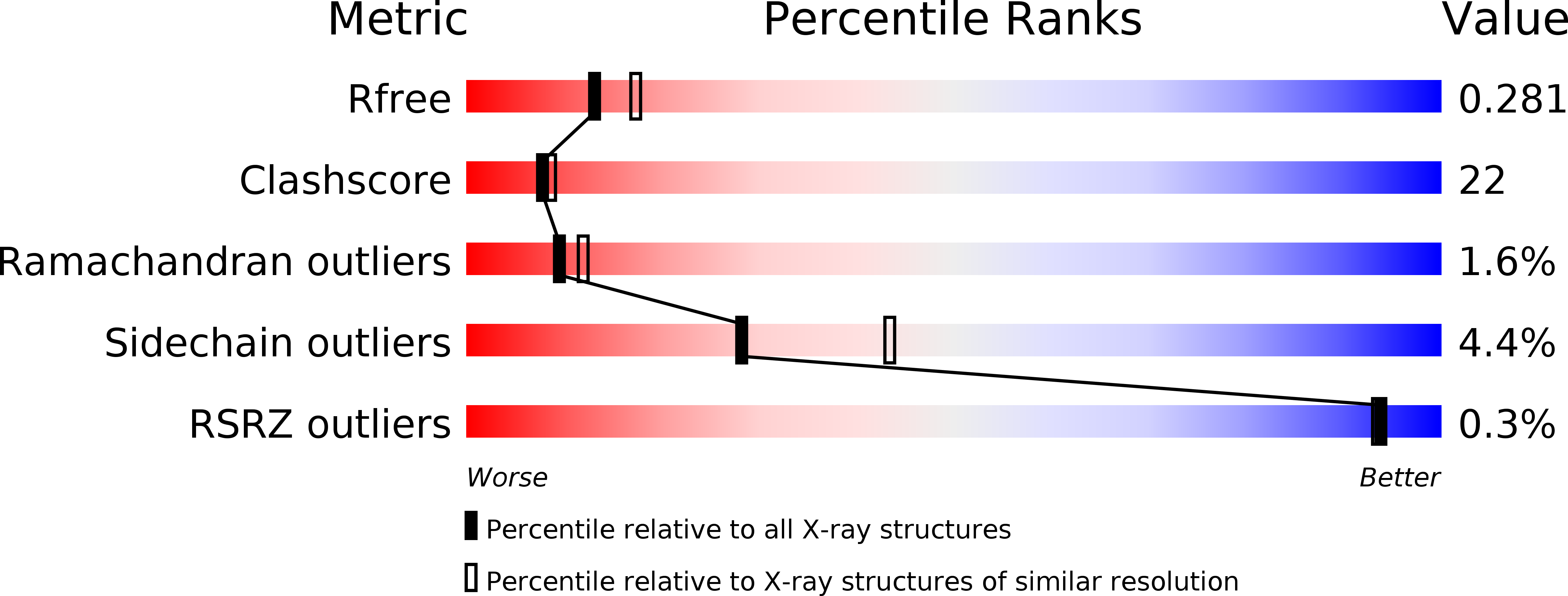
Deposition Date
2017-05-22
Release Date
2017-06-07
Last Version Date
2023-10-04
Entry Detail
Biological Source:
Source Organism:
Host Organism:
Method Details:
Experimental Method:
Resolution:
2.41 Å
R-Value Free:
0.28
R-Value Work:
0.20
R-Value Observed:
0.21
Space Group:
P 43 21 2


